Preface to Volume 3
Acknowledgements
1 Introduction and the equations of fluid dynamics
1.1 General remarks and classification of fluid mechanics problems discussed in the book
1.2 The governing equations of fluid dynamics
1.3 Incompressible (or nearly incompressible) flows
1.4 Concluding remarks
2 Convection dominated problems - finite element appriximations to the convection-diffusion equation
2.1 Introduction
2.2 the steady-state problem in one dimension
2.3 The steady-state problem in two (or three) dimensions
2.4 Steady state - concluding remarks
2.5 Transients - introductory remarks
2.6 Characteristic-based methods
2.7 Taylor-Galerkin procedures for scalar variables
2.8 Steady-state condition
2.9 Non-linear waves and shocks
2.10 Vector-valued variables
2.11 Summary and concluding
3 A general algorithm for compressible and incompressible flows - the characteristic-based split (CBS) algorithm
3.1 Introduction
3.2 Characteristic-based split (CBS) algorithm
3.3 Explicit, semi-implicit and nearly implicit forms
3.4 'Circumventing' the Babuska-Brezzi (BB) restrictions
3.5 A single-step version
3.6 Boundary conditions
3.7 The performance of two- and single-step algorithms on an inviscid problems
3.8 Concluding remarks
4 Incompressible laminar flow - newtonian and non-newtonian fluids
4.1 Introduction and the basic equations
4.2 Inviscid, incompressible flow (potential flow)
4.3 Use of the CBS algorithm for incompressible or nearly incompressible flows
4.4 Boundary-exit conditions
4.5 Adaptive mesh refinement
4.6 Adaptive mesh generation for transient problems
4.7 Importance of stabilizing convective terms
4.8 Slow flows - mixed and penalty formulations
4.9 Non-newtonian flows - metal and polymer forming
4.10 Direct displacement approach to transient metal forming
4.11 Concluding remarks
5 Free surfaces, buoyancy and turbulent incompressible flows
5.1 Introduction
5.2 Free surface flows
5.3 Buoyancy driven flows
5.4 Turbulent flows
6 Compressible high-speed gas flow
6.1 Introduction
6.2 The governing equations
6.3 Boundary conditions - subsonic and supersonic flow
6.4 Numerical approximations and the CBS algorithm
6.5 Shock capture
6.6 Some preliminary examples for the Euler equation
6.7 Adaptive refinement and shock capture in Euler problems
6.8 Three-dimensional inviscid examples in steady state
6.9 Transient two and three-dimensional problems
6.10 Viscous problems in two dimensions
6.11 Three-dimensional viscous problems
6.12 Boundary layer-inviscid Euler solution coupling
6.13 Concluding remarks
7 Shallow-water problems
7.1 Introduction
7.2 The basis of the shallow-water equations
7.3 Numerical approximation
7.4 Examples of application
7.5 Drying areas
7.6 Shallow-water transport
8 Waves
8.1 Introduction and equations
8.2 Waves in closed domains - finite element models
8.3 Difficulties in modelling surface waves
8.4 Bed friction and other effects
8.5 The short-wave problem
8.6 Waves in unbounded domains (exterior surface wave problems)
8.7 Unbounded problems
8.8 Boundary dampers
8.9 Linking to exterior solutions
8.10 Infinite elements
8.11 Mapped periodic infinite elements
8.12 Ellipsoidal type infinite elements of Burnnet and Holford
8.13 Wave envelope infinite elements
8.14 Accuracy of infinite elements
8.15 Transient problems
8.16 Three-dimensional effects in surface waves
9 Computer implementation of the CBS algorithm
9.1 Introduction
9.2 The data input module
9.3 Solution module
9.4 Output module
9.5 Possible extensions to CBSflow
Appendix A Non-conservative form of Navier-Stokes equations
Appendix B Discontinuous Galerkin methods in the solution of the convection-diffusion equation
Appendix C Edge-based finite element forumlation
Appendix D Multigrid methods
Appendix E Boundary layer-inviscid flow coupling
Author index
Subject index
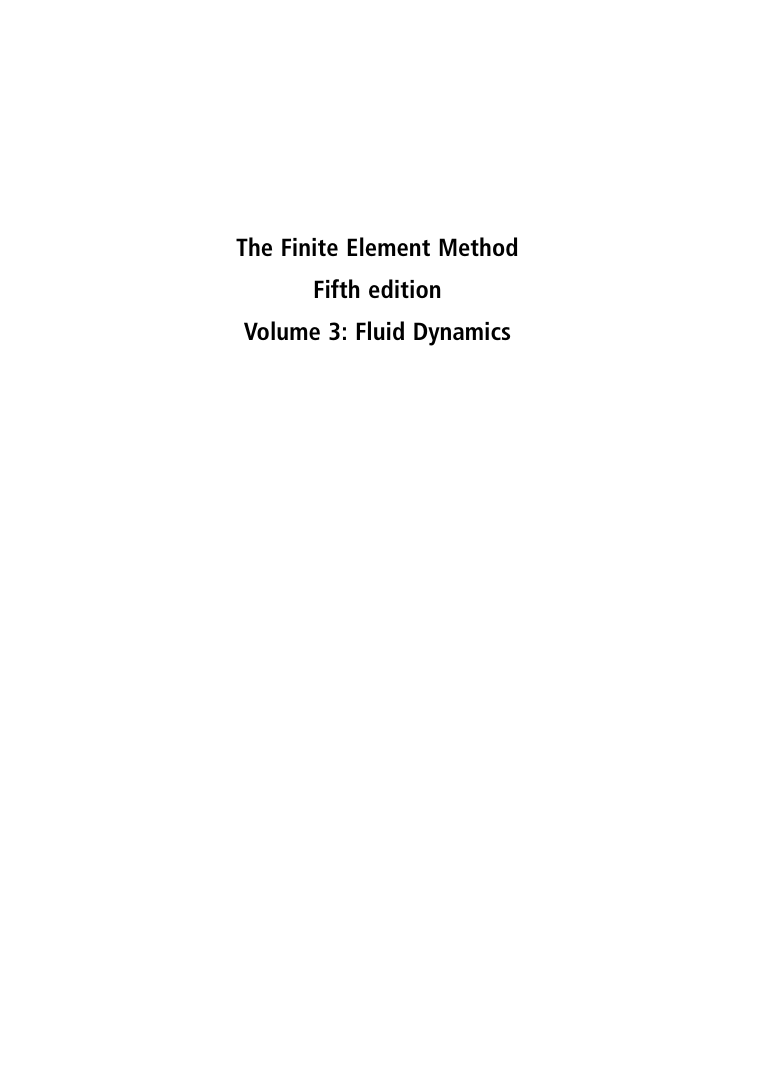
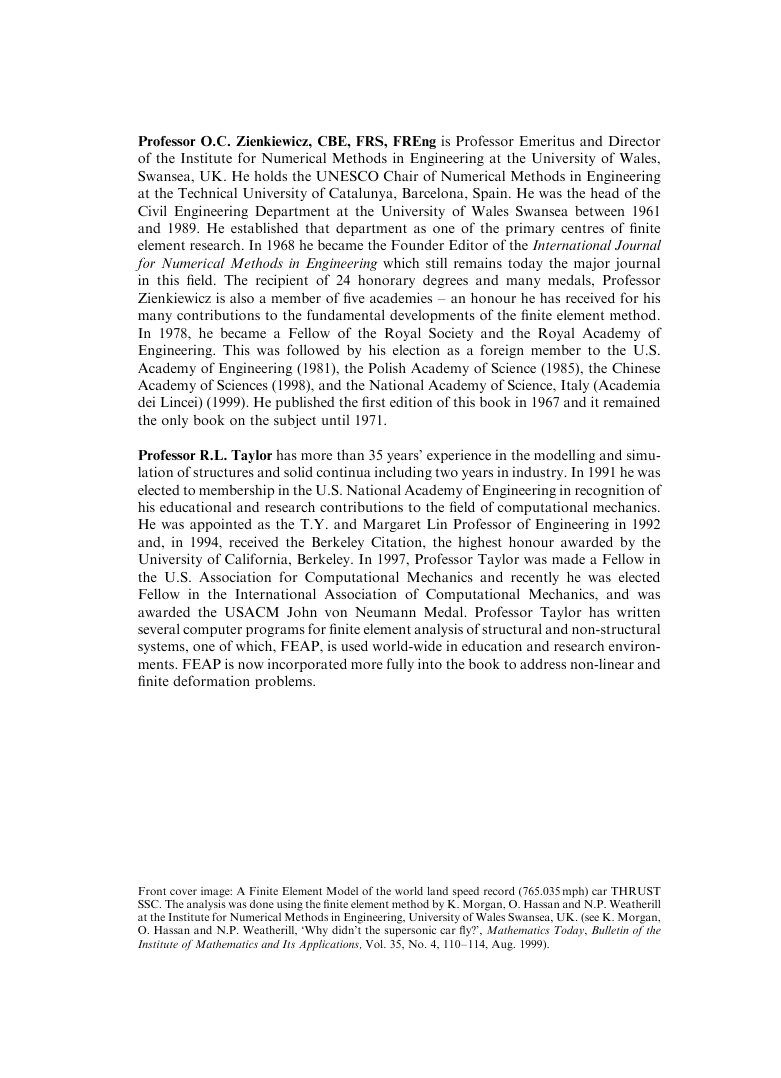
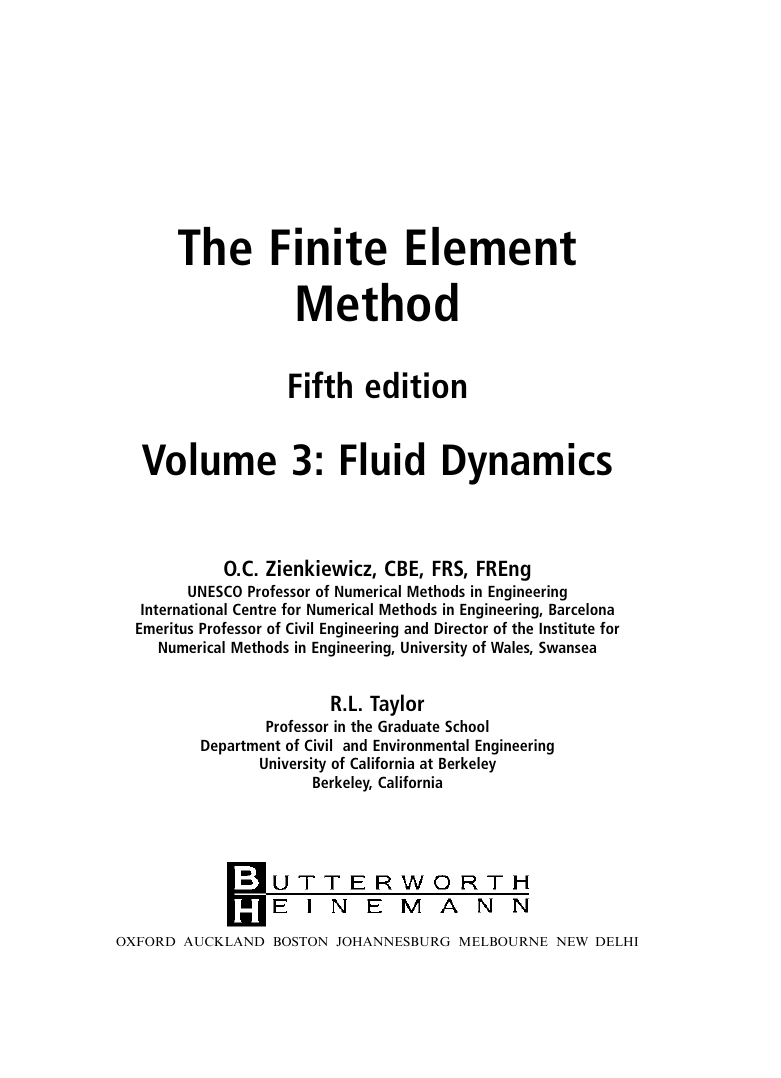
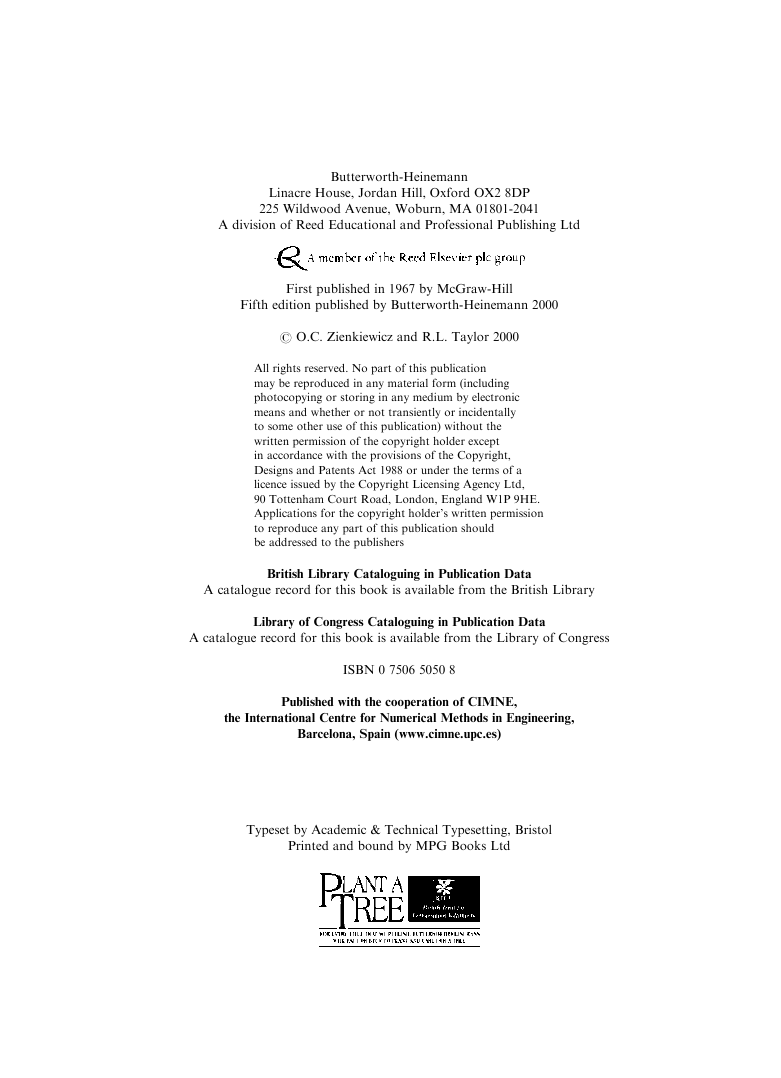
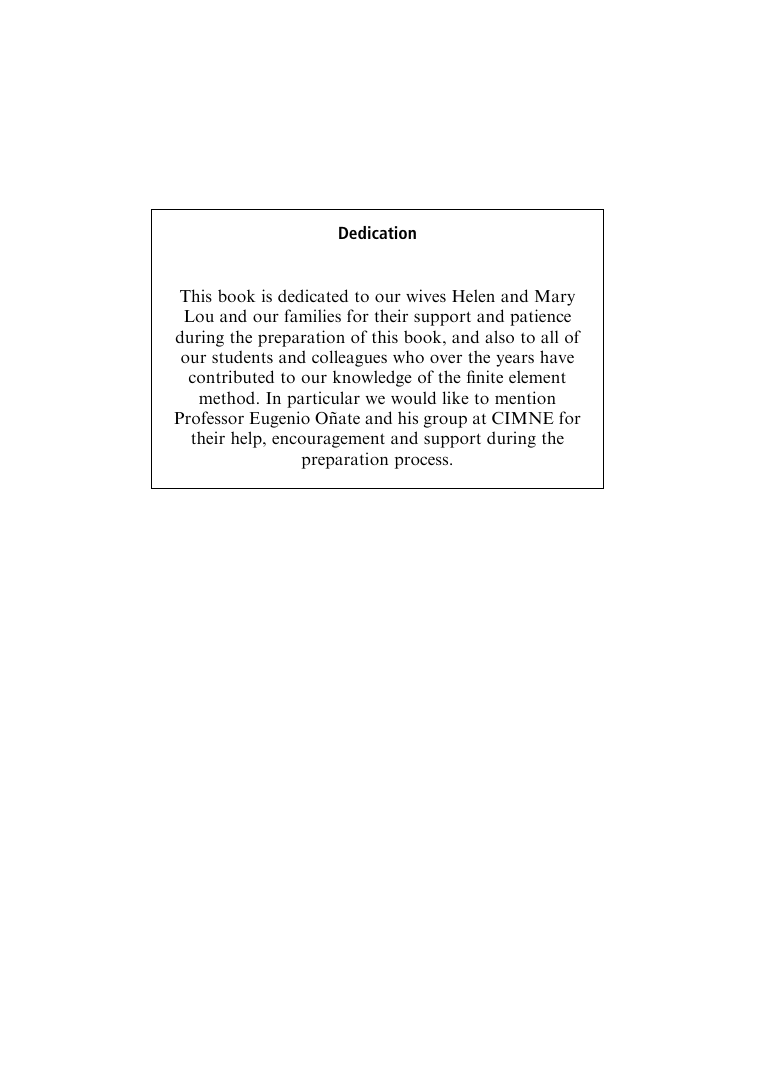
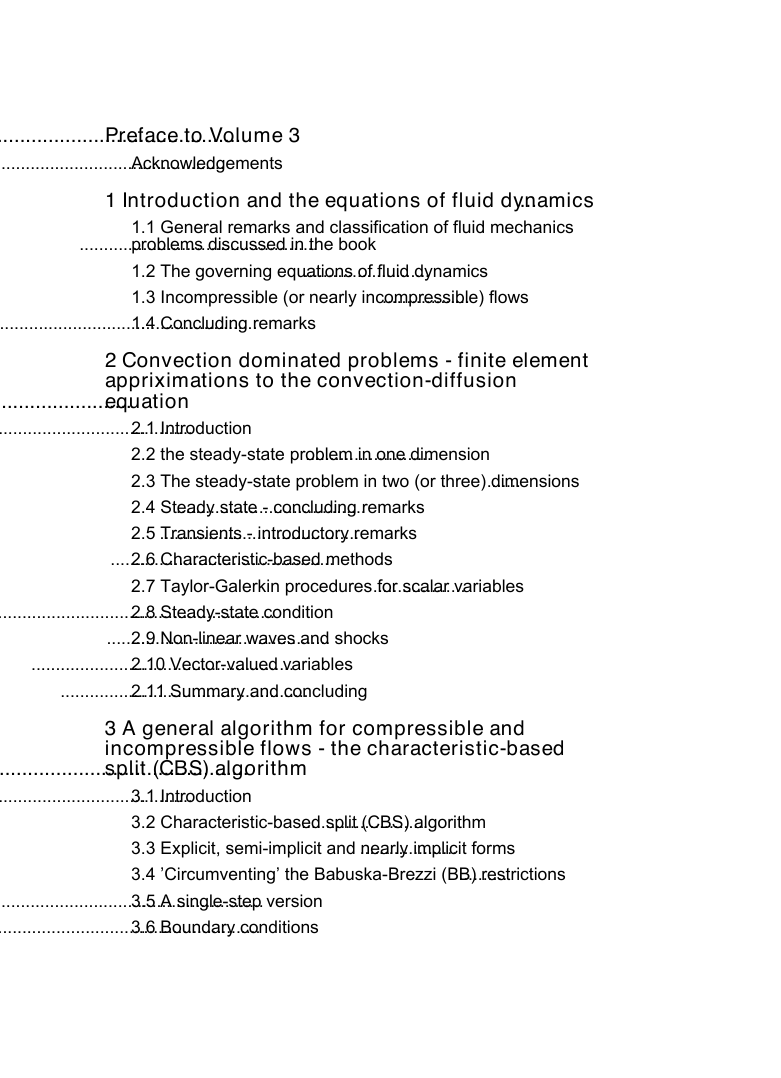
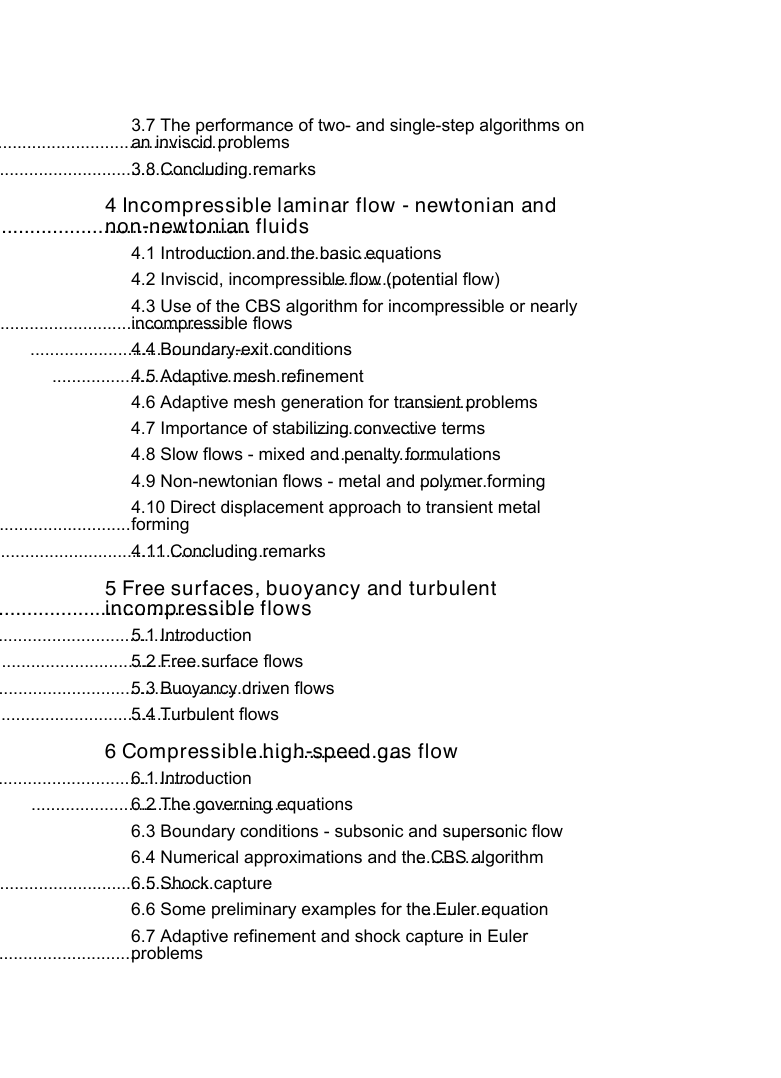
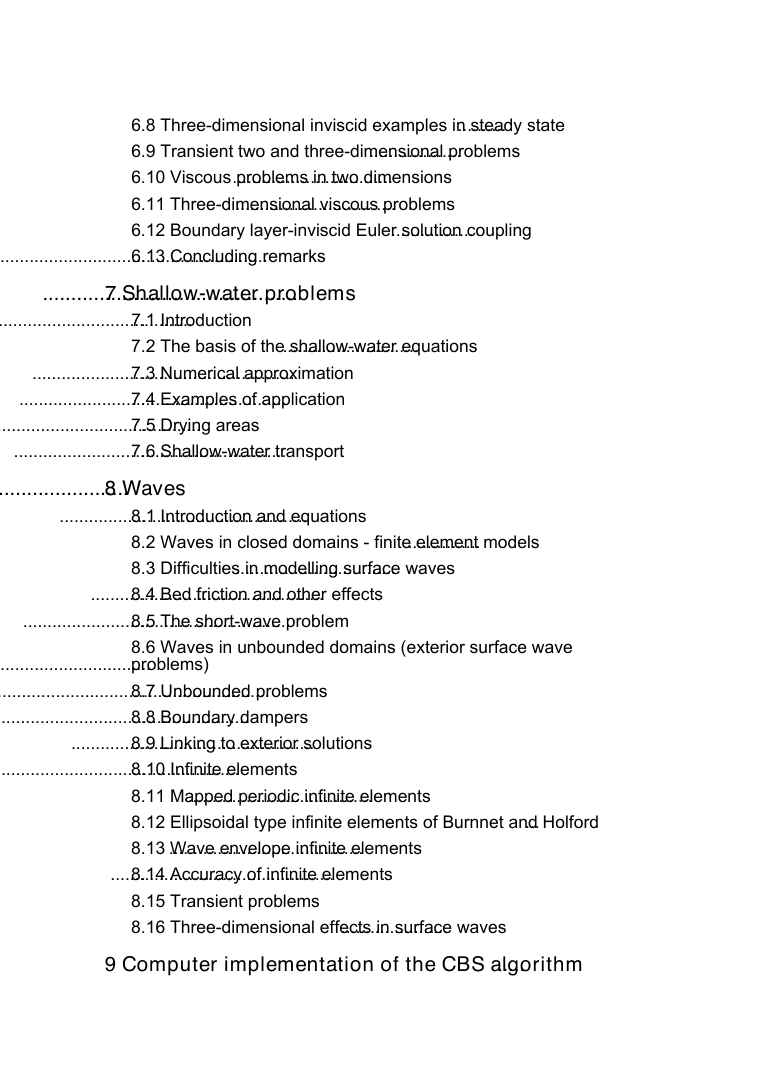








 2023年江西萍乡中考道德与法治真题及答案.doc
2023年江西萍乡中考道德与法治真题及答案.doc 2012年重庆南川中考生物真题及答案.doc
2012年重庆南川中考生物真题及答案.doc 2013年江西师范大学地理学综合及文艺理论基础考研真题.doc
2013年江西师范大学地理学综合及文艺理论基础考研真题.doc 2020年四川甘孜小升初语文真题及答案I卷.doc
2020年四川甘孜小升初语文真题及答案I卷.doc 2020年注册岩土工程师专业基础考试真题及答案.doc
2020年注册岩土工程师专业基础考试真题及答案.doc 2023-2024学年福建省厦门市九年级上学期数学月考试题及答案.doc
2023-2024学年福建省厦门市九年级上学期数学月考试题及答案.doc 2021-2022学年辽宁省沈阳市大东区九年级上学期语文期末试题及答案.doc
2021-2022学年辽宁省沈阳市大东区九年级上学期语文期末试题及答案.doc 2022-2023学年北京东城区初三第一学期物理期末试卷及答案.doc
2022-2023学年北京东城区初三第一学期物理期末试卷及答案.doc 2018上半年江西教师资格初中地理学科知识与教学能力真题及答案.doc
2018上半年江西教师资格初中地理学科知识与教学能力真题及答案.doc 2012年河北国家公务员申论考试真题及答案-省级.doc
2012年河北国家公务员申论考试真题及答案-省级.doc 2020-2021学年江苏省扬州市江都区邵樊片九年级上学期数学第一次质量检测试题及答案.doc
2020-2021学年江苏省扬州市江都区邵樊片九年级上学期数学第一次质量检测试题及答案.doc 2022下半年黑龙江教师资格证中学综合素质真题及答案.doc
2022下半年黑龙江教师资格证中学综合素质真题及答案.doc